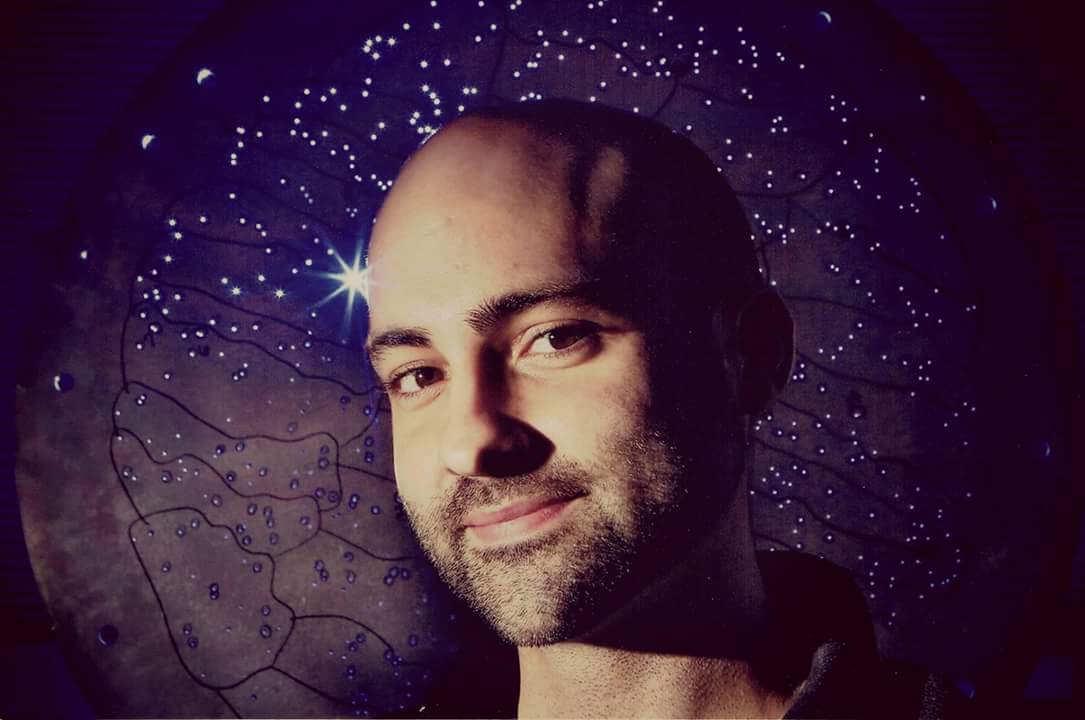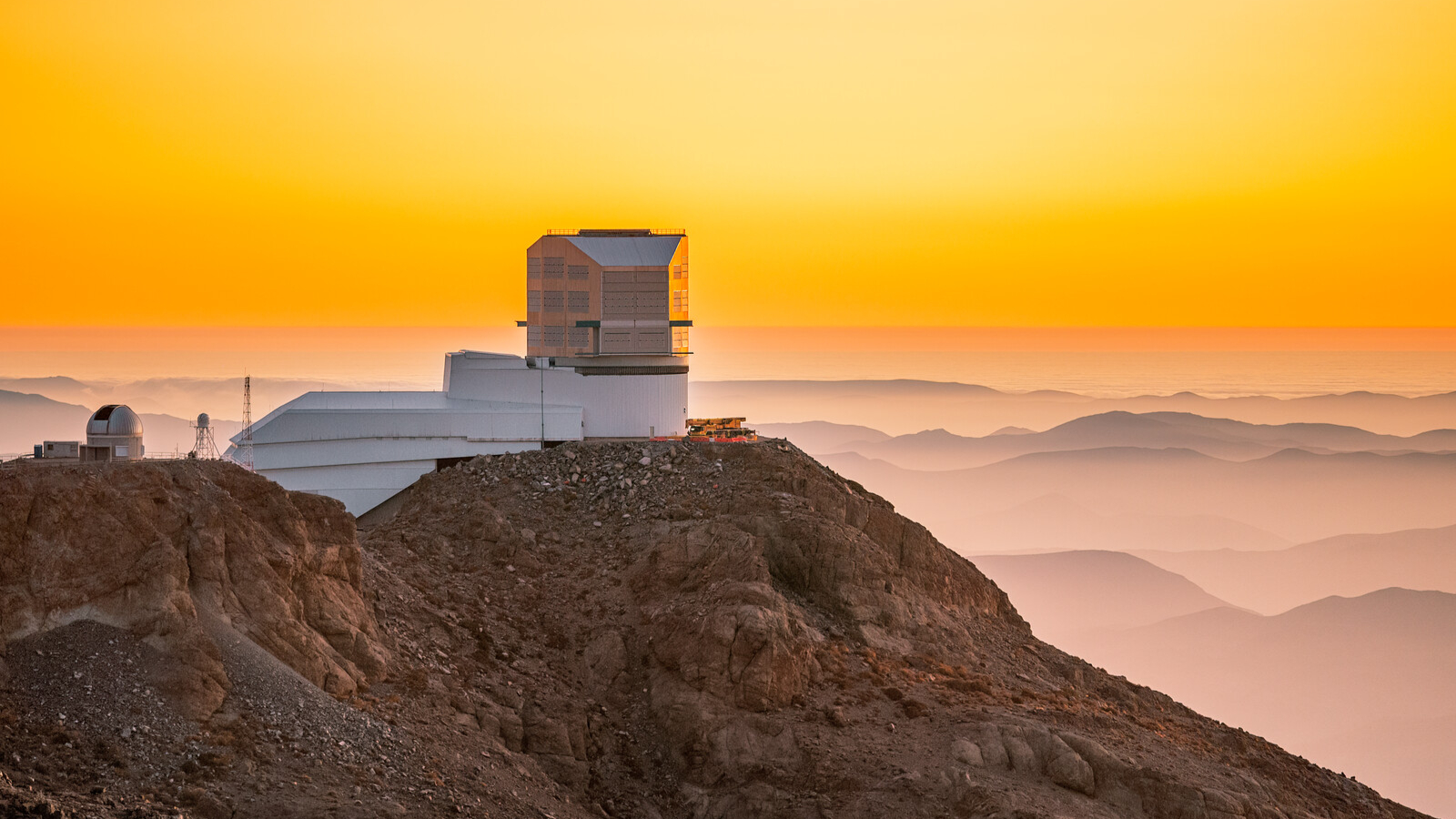
The sun has an 'Old Faithful' geyser made of plasma

The sun is a roiling, boiling ball of plasma, constantly churning and turning itself inside out as ropes of magnetic-field lines tangle and break at its surface to release tremendous amounts of energy. Sunspots, a specific solar phenomenon, are capable of hosting geysers, or sites of repeated ejection activity. The origin of these solar geysers has remained mysterious for decades, but new research is beginning to shed light on these spastic phenomena.
Magnetic sun
The sun contains the most intensely magnetized environment in the solar system. This intensity is caused by two sets of motions within our star's guts. First, hot plasma near the sun's inner core rises (just like hot air rises in a room) to the surface, where it comes face-to-face with the numbing coldness of the vacuum of outer space. Once cooled, this plasma becomes denser and slinks its way back down to the core, ready to start the process anew.
The other motion is the rotation of the sun itself. Since the sun isn’t a solid body like Earth, different parts spin at different speeds, and plasma at the equator rotates faster than the stuff at the poles.
This combination of inward-outward churning and the twisting caused by the differences in rotation can significantly amplify magnetic fields and bunch them into twisting ropes of pure magnetic energy. When the tension in these "ropes" becomes too great, the magnetic-field lines snap, releasing that energy in the form of X-rays and, in some cases, a kinetic upheaval as chunks of the sun itself get lobbed into space.
Related: What's inside the sun? A star tour from the inside out
Connecting and reconnecting
Sunspots are regions of particularly intense magnetic activity. These are places where the tangled ropes of magnetic-field lines puncture the surface of the sun itself. There, the magnetic forces can prevent gas from reaching the surface. Unable to participate in the usual in-out chain of convection, those sites cool off by a few thousand degrees, appearing to us as dark splotches on the sun's surface.
But sunspots themselves are intensely chaotic. Within sunspots, the extreme magnetic field pushes on the turbulent plasma of the sun like a hand pressed against ocean water in a storm. These events are so extreme that some regions of sunspots launch jets of plasma far from the sun's surface — a feat that requires a lot of energy and a substantial concentration of magnetic forces.
Breaking space news, the latest updates on rocket launches, skywatching events and more!
Intriguingly, sometimes the regions near sunspots are capable of launching multiple jets in a regular pattern, akin to the “Old Faithful” geyser found at Yellowstone National Park(but at temperatures thousands of degrees hotter, and involving plasma, not steam).
The source of this regular activity in the face of such turbulent, chaotic surroundings has long been a puzzle to solar astrophysicists, and two main schools of thought have emerged to explain these phenomena.
According to one line of thinking, the appearance of a plasma geyser is the result of a sudden, excessive amount of magnetic energy destabilizing the environment around the sunspot, leading to the formation of a jet. Then, the magnetic pattern that was there before tries to reassert itself, temporarily clamping down on the errant magnetic activity before getting overwhelmed again in a constant back-and-forth that leads to the regular and repeated formation of a jet.
In the other school of thought, it's not so much a contest of magnetic wills but a lucky opportunity. With all chaotic magnetic activity, occasionally bunches of magnetic fields move in opposite directions, cross paths and perfectly cancel each other out over a specific spot. With nothing holding it down, the plasma underneath can explode, shooting outward, away from the sun's surface.
A complicated relationship
Both explanations seem entirely plausible, and over the years, both garnered evidence to support them. But a new paper, which was recently accepted for publication in The Astrophysical Journal and posted on the online preprint database arXiv, claims that the answer doesn't lie in one of these directions, but both.
By examining a series of 10 geysers that sprouted over the course of 24 hours, the study authors were able to examine the detailed magnetic structure of the surface of the sun in the buildup of each blast, comparing what they saw in the shifting and turbulent magnetic fields to the predictions of the "emergence" scenario and the "cancellation" scenario.
The "emergence" scenario would occur if the researchers saw magnetic fields building up in a particular spot. In that case, they would see an emergence of activity leading to the launch of the jet.
The "cancellation" scenario would occur if the researchers saw magnetic structures moving in opposite directions before the launch, which would indicate that cancellation played a major role.
The researchers found that about half the time, there was a buildup, and half the time, there was a cancellation, occurring at exactly the same spot of the sunspot and leading to different blasts of the same geyser.
As is often the case, when nature is presented with two compelling options, it chooses … both.
- Amazing new sun photos from space
- NASA telescope snaps best-ever pictures of sun's atmosphere
- The sun in HD: latest photos by NASA's Solar Dynamics Observatory
OFFER: Save at least 56% with our latest magazine deal!
All About Space magazine takes you on an awe-inspiring journey through our solar system and beyond, from the amazing technology and spacecraft that enables humanity to venture into orbit, to the complexities of space science.
Join our Space Forums to keep talking space on the latest missions, night sky and more! And if you have a news tip, correction or comment, let us know at: community@space.com.

Paul M. Sutter is a cosmologist at Johns Hopkins University, host of Ask a Spaceman, and author of How to Die in Space.

